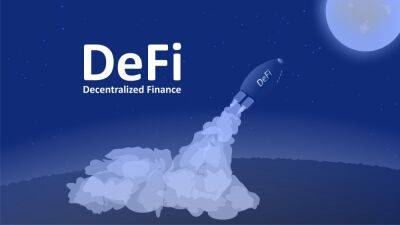DeFi ‘fragility’ causes and cures explored in highly technical Bank of Canada study
The Bank of Canada has released a working paper that examines lending protocols in decentralized finance (DeFi) with regard to sources of instability and their relation to crypto asset prices. Its findings point to potential ways to optimize DeFi lending platforms, or possibly the practical limits of decentralization.
The authors of the paper, titled “On the Fragility of DeFi Lending” and released Feb. 22, acknowledged the inclusiveness DeFi offers and the advantages of smart contract protocols over the use of human discretion. They went on to identify the systemic weaknesses of DeFi. Information asymmetry, a key issue for regulators, was highlighted here, with the twist that, in DeFi, the asymmetry favors the borrower:
That is because borrowers are at least aware of the quality of the assets they used a loan collateral. Moreover, “Only tokenized assets can be pledged as collateral, and such assets tend to exhibit very high price volatilities.” Price and liquidity produce a feedback loop, the paper argued: the price of an asset affects borrowing volume and that, in turn, affects asset price.
In addition, smart contracts’ lack of human input can have undesired effects. Traditional loan contracts can be modified by loan officers in response to current information. Smart contracts are inflexible because terms are preprogrammed and “can only be contingent on a small set of quantifiable, real- time data” and even minor changes to the contract can require a lengthy discussion process.
Efficiency, complexity, and flexibility are thus reduced in comparison to traditional finance and “self-fulfilling sentiment-driven cycles” of pricing arise. The authors used advanced mathematics to examine a number of propositions for achieving
Read more on cointelegraph.com





![Will TRON’s [TRX] high TPS be enough to improve its DeFi state? - ambcrypto.com - city Santiment](https://finance-news.co/storage/thumbs_400/img/2023/3/1/57880_9o4tk.jpg)










